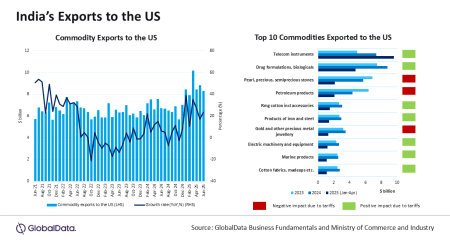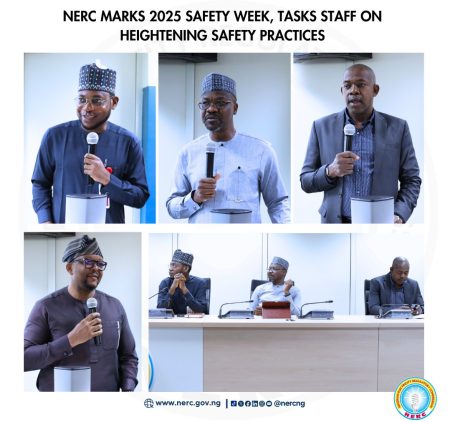 15 February 2014, Tunis – Many in East Africa still recall the devastating drought of 2009. In Kenya alone, it left nearly 80% of cattle dead in some parts of the country. Whether linked to the effects of global warming or not, this drought is estimated to have cost the Kenyan economy about US $12 billion. Its impact was most pronounced in the arid and semi-arid areas of the country.
15 February 2014, Tunis – Many in East Africa still recall the devastating drought of 2009. In Kenya alone, it left nearly 80% of cattle dead in some parts of the country. Whether linked to the effects of global warming or not, this drought is estimated to have cost the Kenyan economy about US $12 billion. Its impact was most pronounced in the arid and semi-arid areas of the country.
The story does not begin there, however: The El Niño floods in 1997-1998 destroyed and damaged infrastructure valued at $0.8 billion, of which only $0.12 billion was ever replaced. The La Niña drought in 1999-2000, on the other hand, resulted in reduced losses to the economy estimated at US $5 billion. As East Africa’s biggest economy, Kenya has set itself on a path to grow its economy to double-digit rates, investing in infrastructure that will help the country accelerate its economic plans. Among the areas of focus are mitigating and adapting to the effects of climate change through improved operations, and the long-term planning of infrastructure.
The Government of Kenya’s recognition of the complex water situation is reflected in its Kenya Vision 2030, Medium Term Plan (2013-2017) and the Jubilee Government’s Manifesto. All three aim at achieving inclusive growth and equity of opportunity between counties; irrigating one million acres of land by 2018; increasing water storages by 2.4 billion cubic metres; achieving Government’s Rural Electrification Program targets; and increasing access rates for water and sanitation to 75%.
In one example, the Ministry of Environment, Water and Natural Resources has been using its own resources to develop the Thwake Multi-purpose Water Development Program since 2005. The program will strengthen the drought resilience of the two semi-arid counties of Kitui and Makueni and make them more food-independent and water-secure. The program will also help lower poverty rates, which are already over 60% in both counties and among the highest in Kenya. Both Kitui and Makueni currently have minimal irrigation, little electrification and, for a large part of the year, rural populations must excavate by hand into riverbeds to find drinking water.
The African Development Bank (AfDB) will step in and support the remainder of the financing for Phase 1 of the Thwake Program. That phase consists of the construction of a 77-kilometre-high rockfill dam to store 681 million cubic metres of water, as well as the necessary structures, designs and bidding documents required for the quick start-up of future phases. Phase 1 also includes the implementation of the Resettlement Action Plan and the compensation and relocation of the 1,067 households affected by the dam’s creation. The project signed at the end of January 2014 is jointly financed by the AfDB (35%) and the Government of Kenya (65%) and will be implemented over six years.
The Ministry of Environment, Water and Natural Resources has already held site visits with its sister Ministries of Energy, Agriculture and ICT, as well as the two counties, to ensure that the remaining funding is budgeted to implement the program until completion in 2023. Phase 2 of the Thwake project consists of hydropower development; Phase 3 consists of rural and urban water supply, sanitation and wastewater Infrastructure; and Phase 4 consists of agriculture development through irrigation.
The Thwake program will contribute to several of Kenya’s high-level development objectives: i) 10% towards the goal of irrigating one million acres of land, ii) 25% towards the goal of increasing water storage by 2.4 billion cubic metres, iii) potable water for 674,700 rural people in a region with the lowest per capita water storage, iv) and up to 20 MW of new hydropower capacity in support of Kenya’s Least Cost Rural Electrification Program.
*Press release – AfDB



